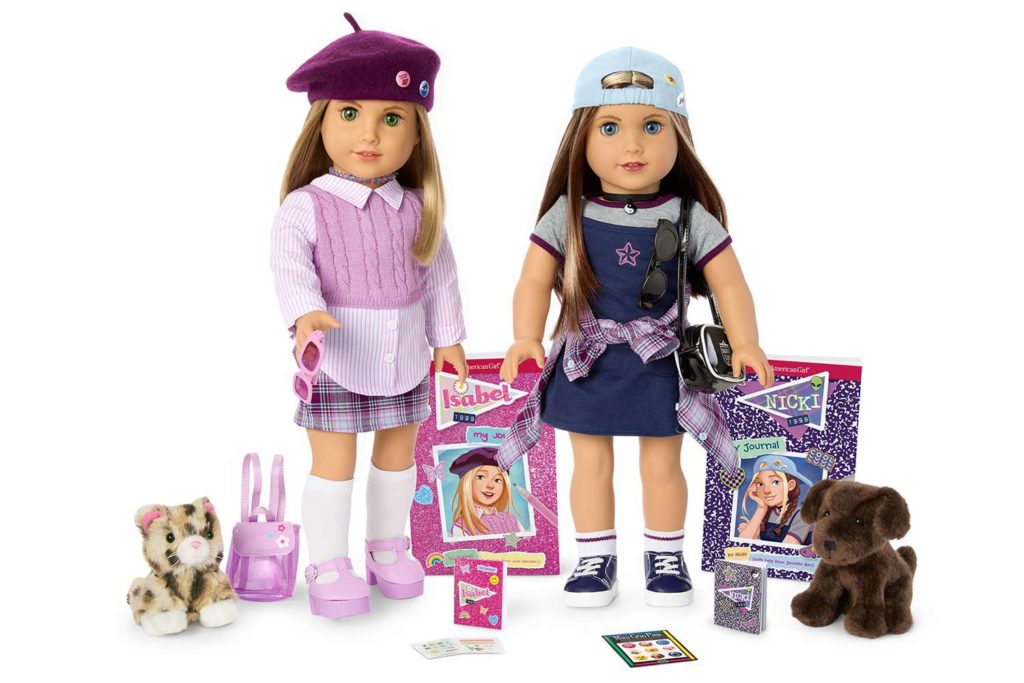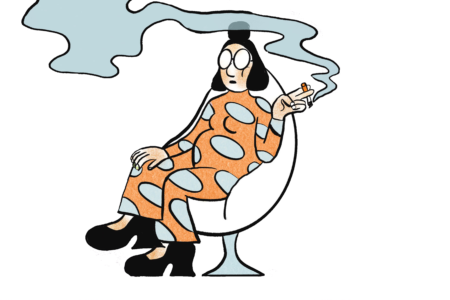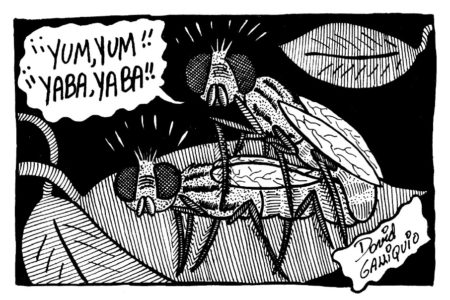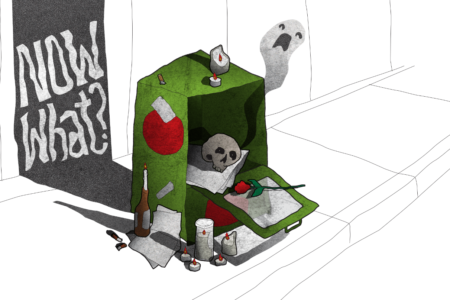Recently, a photo of an ‘American Girl’ doll came across my social media feed which my friends found funny due to how much it resembled me. It had brown long hair with blonde streaks in the front, grunge-friendly accessories and, most offensively, a small feminist DIY zine.
For those who don’t know, American Doll is a line of 18” inch tall cherubic dolls that have been around since the 1980s. The dolls portray adolescent boys and girls of various backgrounds, ethnicities and time periods. They are supposed to be an educational tool for children, but with the lowest price point being $115 (plus tax), it’s obvious these are expensive toys inaccessible to children of lower socioeconomic backgrounds. The company has been criticized for this in the past as well as being histrionic about their subjects. They are a staple of America’s biggest, weirdest malls.
So you can imagine how bizarre I felt seeing this luxury doll for rich kids with a 90s makeover, a period mainly remembered for rebelling against various status quo and the screeching feedback from the excess of the 1980s. So for me, a person of 90s-kid age, this seems like a weird dark comedy skit rather than a genuine, marketed product. Her tiny, purple, photocopied ‘GIRL POWER’ zine is just the cherry on top, more sour than sweet.

These two wildly idiosyncratic worlds colliding encapsulates the issues we are currently seeing with capitalist feminism. The goal of zines are to be made with accessible resources so they can then be accessible to everyone. The goal is sharing your passion rather than generating a profit. You can find plenty of guides on how to turn a single letter piece of paper into a zine, and places where you can get print runs made at a low cost.
The history of zine making is so rich and radical. Atlases of virtually any topic in a low cost and low barrier format, meant to be shared with as many people as possible. So while the 90s did throw the term ‘GIRL POWER’ to make some sales (first to sell Spice Girl records, then by the Spice Girls to sell Pepsi cola) a doll that costs over $100 coming with its own zine prop is so stupidly funny, offensive and shows just how shallow and empty capitalist feminism really is. As embarrassing as that time BIC released pink lighters expressly for women, as if someone at a REAL grunge show wouldn’t just bum a light.





